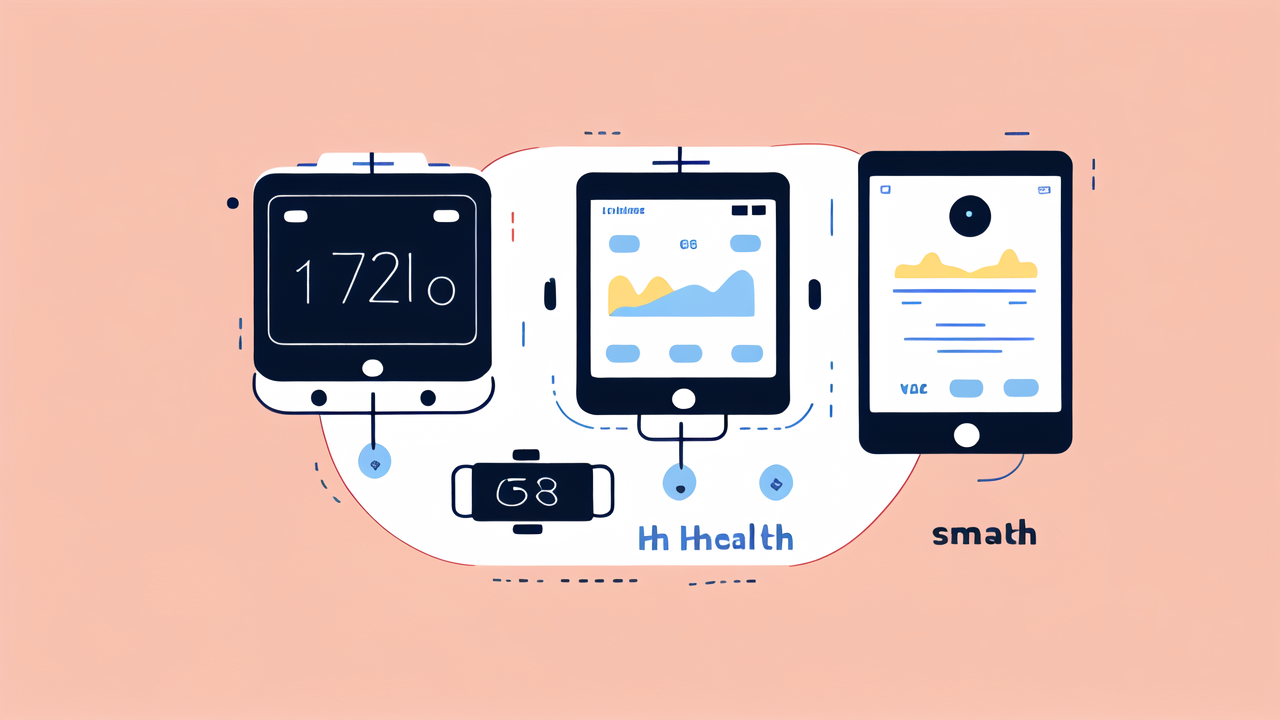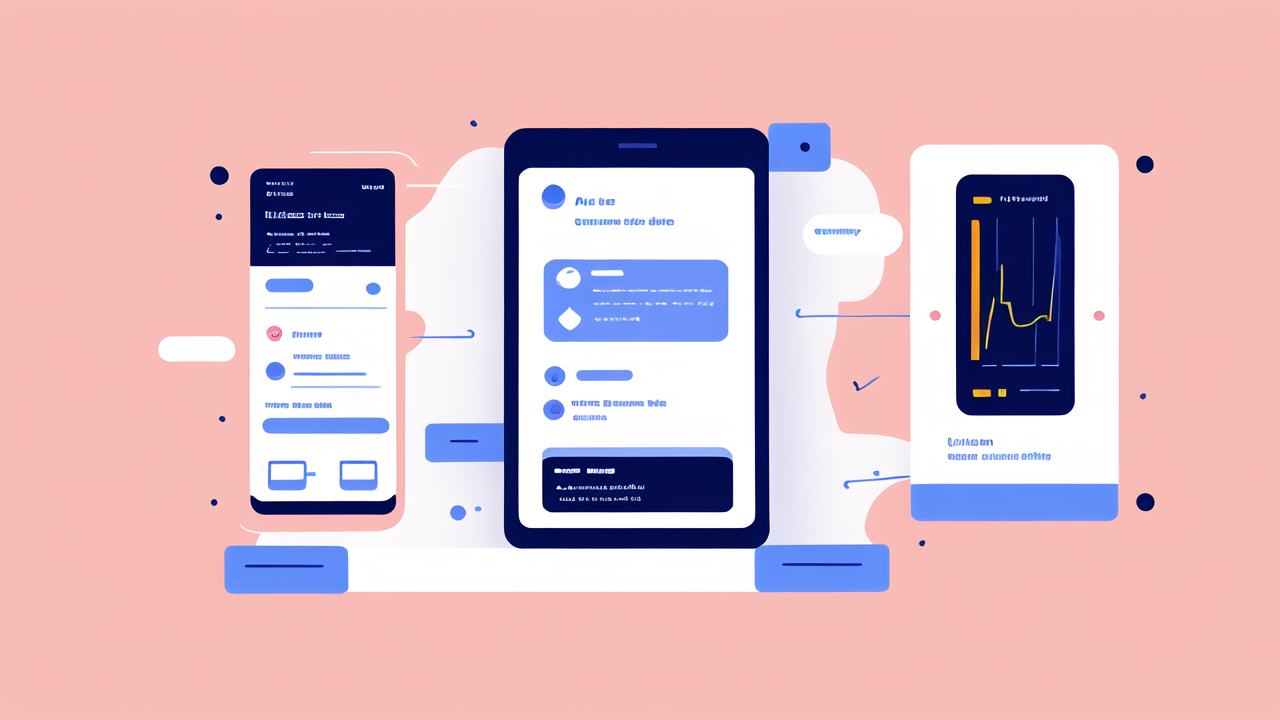The Rise of AI in Wearable Technology: A Market Overview
Exploring the Evolution of Smart Watches
Smart watches have come a long way since their inception. They started as simple digital timepieces. Now, they're powerful mini-computers on our wrists. The journey began with basic functions like calculators and alarms. Today's smart watches can track health, make calls, and even control smart homes.

AI has played a big role in this evolution. It has made smart watches more intuitive and useful. Early models needed manual input for most tasks. Now, AI can predict what you need before you ask. This shift has made smart watches more than just gadgets. They've become essential tools for many people's daily lives.
AI-Powered Features in Today's Smartwatches
AI has brought many new features to smart watches. One of the most popular is voice assistants. These can answer questions, set reminders, and control other devices. AI also powers advanced health tracking. It can detect irregular heartbeats and even predict potential health issues.
Fitness tracking has become more accurate with AI. It can now recognize different types of workouts automatically. AI also helps with sleep tracking. It can analyze sleep patterns and offer tips for better rest. Some watches use AI for stress management. They can detect high-stress levels and suggest relaxation exercises.
The Impact of AI on User Experience and Personalization
AI has greatly improved the user experience of smart watches. It makes interactions more natural and intuitive. Voice commands have become more accurate. Gesture controls are more responsive. AI learns from user habits to offer personalized suggestions and alerts.
Personalization is a key benefit of AI in smart watches. The watch can learn your routines and preferences. It might suggest a workout when you usually exercise. Or it could remind you to take medication at the right time. AI can even adjust the watch's interface based on your most-used features.
Innovative Applications of AI in Smartwatches
Health and Wellness: AI and Machine Learning
AI and machine learning have revolutionized health tracking in smart watches. These devices can now monitor various health metrics continuously. They track heart rate, blood oxygen levels, and even ECG readings. AI analyzes this data to spot patterns and potential issues.

Some watches can detect falls and automatically call for help. Others use AI to monitor stress levels and suggest relaxation techniques. Machine learning helps improve the accuracy of these features over time. It learns from user data to provide more personalized health insights.
AI is also making strides in early disease detection. Some watches can spot signs of conditions like atrial fibrillation. Others are being developed to detect early signs of Parkinson's disease. These advances could make smart watches valuable tools for preventive healthcare.
AI for Enhancing Smart Watch Functionality
AI enhances many core functions of smart watches. It improves battery life by learning usage patterns and optimizing power consumption. AI-powered keyboards make typing on small screens easier. Predictive text suggestions become more accurate over time.
Navigation features benefit from AI too. Watches can learn your regular routes and offer better directions. They can even predict traffic patterns and suggest alternate routes. AI also helps with language translation features. Some watches can translate conversations in real-time.
Smart home control is another area where AI shines. Your watch can learn your preferences for lighting, temperature, and security settings. It can then adjust these automatically based on your location or time of day.
AI in Smart Watches for the Elderly and Disabled
AI has made smart watches powerful tools for the elderly and disabled. For seniors, AI-powered fall detection can be a lifesaver. The watch can call for help if it detects a fall and the user doesn't respond. AI can also remind seniors to take medication or attend appointments.
For people with disabilities, AI enables new forms of interaction. Voice commands and gesture controls make the watch easier to use. AI can translate sign language into text or speech. It can also describe surroundings for visually impaired users.
Some watches use AI to monitor symptoms of conditions like Parkinson's or epilepsy. They can alert caregivers if they detect unusual patterns. This gives users more independence while ensuring help is available if needed.
Challenges and Opportunities in AI-Driven Wearable Technology
Navigating the Complexities of AI Integration
Integrating AI into smart watches comes with challenges. One major issue is processing power. AI algorithms need a lot of computing power. But watches have limited space for processors and batteries. Developers must find ways to run AI efficiently on small devices.

Another challenge is data accuracy. AI relies on good data to make decisions. But wearable sensors can be affected by movement or positioning. This can lead to inaccurate readings. Improving sensor technology and data processing is crucial.
There's also the challenge of user acceptance. Some people may not trust AI to make decisions about their health or daily activities. Clear communication about how AI works and its benefits is important. Giving users control over AI features can help build trust.
Balancing User Privacy with AI Services in Smart Watches
Privacy is a major concern with AI-powered smart watches. These devices collect a lot of personal data. This includes health information, location data, and daily habits. Protecting this data is crucial. Companies must use strong encryption and secure storage methods.
Users should have control over their data. They should be able to choose what data is collected and how it's used. Clear privacy policies are essential. Companies should explain how they use data in simple terms. Giving users the option to delete their data is also important.
There's a balance between privacy and functionality. Some AI features work better with more data. But users may not want to share everything. Finding this balance is key to the future of AI in smart watches.
Future Prospects: AI's Role in Shaping the Next Generation of Smartwatches
The future of AI in smart watches looks bright. We can expect more advanced health monitoring features. Watches might be able to detect more health conditions early. They could become important tools for preventive healthcare.
AI could make smart watches even more personalized. They might adjust their interface and features based on each user's needs. This could make them more accessible to people of all ages and abilities.
We might see smart watches become more autonomous. They could make decisions and take actions without user input. For example, they might automatically call for help in emergencies. The key will be balancing this autonomy with user control and privacy.
AI could also lead to new form factors for wearable tech. We might see smart jewelry or clothing with AI capabilities. The line between smart watches and other wearables might blur. The focus will be on seamless integration of AI into our daily lives.




Leave a comment
This site is protected by hCaptcha and the hCaptcha Privacy Policy and Terms of Service apply.